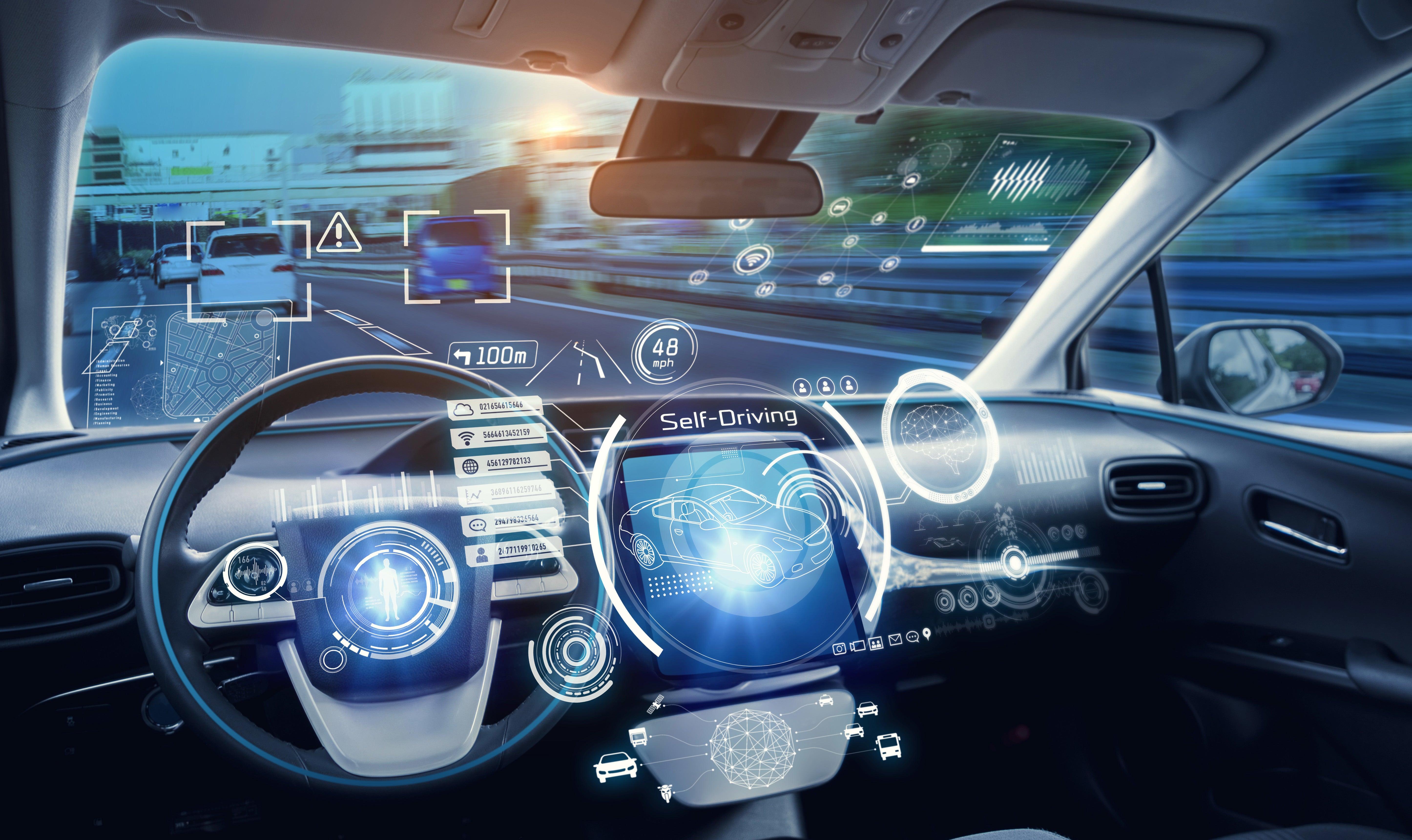How Active Safety Technologies Reduce Accidents and Improve Driving

Introduction
The Automotive Active Safety System Market is growing rapidly as modern vehicles increasingly adopt advanced technologies to prevent accidents and enhance driver and passenger safety. Active safety systems include sensors, cameras, radars, lidars, electronic control units (ECUs), and intelligent software that work together to detect hazards and intervene before a collision occurs. Core systems include automatic emergency braking (AEB), lane departure warning (LDW), adaptive cruise control (ACC), blind-spot detection, traction control, electronic stability control (ESC), and forward collision warning. With regulatory bodies worldwide pushing for mandatory safety features and consumer demand rising for safer vehicles, active safety systems have become a standard part of vehicle design. As vehicles move toward autonomy, active safety technologies continue to be the foundation of intelligent driving.
Market Drivers
The primary driver of the Automotive Active Safety System Market is the increasing focus on accident prevention and road safety. Governments across Europe, North America, and Asia-Pacific are implementing stringent regulations requiring features such as AEB, ESC, and lane-keeping systems in new vehicles. Rising demand for premium and technologically advanced vehicles with enhanced safety features also supports market growth. Advancements in sensor technologies, AI-based image recognition, and advanced driver assistance systems (ADAS) significantly improve system reliability and performance. Growing adoption of electric vehicles and connected vehicles further drives the integration of high-end safety systems. Increasing consumer awareness and safety ratings from organizations like Euro NCAP and IIHS are influencing vehicle purchase decisions, boosting the adoption of active safety systems.
Market Challenges
Despite strong growth, the market faces challenges related to high system cost, technical complexity, and environmental sensitivity. Advanced safety systems require multiple sensors, ECUs, software algorithms, and calibration processes, adding significant cost to vehicle manufacturing. Environmental factors such as fog, rain, snow, or glare can hinder sensor accuracy, affecting system performance. Calibration and maintenance of ADAS components require specialized equipment and expertise, increasing service costs. False positives—such as unwarranted braking or lane alerts—may affect driver trust. Cybersecurity concerns arise as connected safety systems become targets for hacking. Additionally, developing accurate and reliable systems for emerging markets with varied road conditions poses technical challenges.
Market Opportunities
The Automotive Active Safety System Market offers strong opportunities as vehicles evolve toward higher levels of autonomy. Integration of machine learning, AI-based perception systems, and advanced sensor fusion will enhance accuracy and reduce false alerts. The expansion of Level 2+ and Level 3 autonomous driving systems creates significant demand for high-precision active safety technologies. Emerging markets in Asia-Pacific, Latin America, and the Middle East offer opportunities as governments enforce new safety regulations. The growing popularity of electric and hybrid vehicles drives the need for enhanced safety due to quieter operation and faster acceleration. Innovations such as cloud-connected safety, vehicle-to-vehicle (V2V) and vehicle-to-infrastructure (V2I) communication, and 360° vision systems provide new revenue avenues. Aftermarket ADAS retrofits for older vehicles also represent a growing segment.
Regional Insights
Europe leads the Automotive Active Safety System Market due to strict safety regulations and high adoption of advanced ADAS technologies. Germany, France, and the UK continue to innovate in autonomous and connected vehicle systems. North America shows strong demand driven by premium vehicles, electric mobility, and advanced safety policies from IIHS and NHTSA. Asia-Pacific is the fastest-growing market, with China, Japan, and South Korea aggressively implementing active safety features in both mass-market and luxury vehicles. India’s adoption is accelerating due to new safety mandates. The Middle East and Latin America are emerging regions with rising consumer awareness and improved vehicle safety standards.
Future Outlook
The future of the Automotive Active Safety System Market will be shaped by autonomous driving, AI-enhanced safety algorithms, and connected vehicle ecosystems. Vehicles will increasingly incorporate AI-driven perception models capable of interpreting complex road environments and predicting driver behavior. Integration of lidar, radar, and high-resolution cameras will improve system accuracy under adverse conditions. Cloud-based safety updates, real-time hazard alerts, and 5G-enabled communication will transform active safety into a predictive, cooperative system. Over the next decade, the shift from driver assistance to supervised autonomy will significantly elevate the importance of advanced active safety technologies.
Conclusion
The Automotive Active Safety System Market is expanding rapidly as modern vehicles prioritize accident prevention and intelligent hazard detection. Although challenges like high costs, calibration complexity, and environmental limitations remain, accelerating technological innovation and regulatory enforcement ensure strong market momentum. Active safety systems are essential for achieving safer roads and supporting autonomous driving technologies. Companies that focus on AI-based perception, sensor fusion, reliable software algorithms, and scalable system architectures will lead market growth. As global mobility evolves, active safety systems will continue to be fundamental to vehicle design and road safety.


